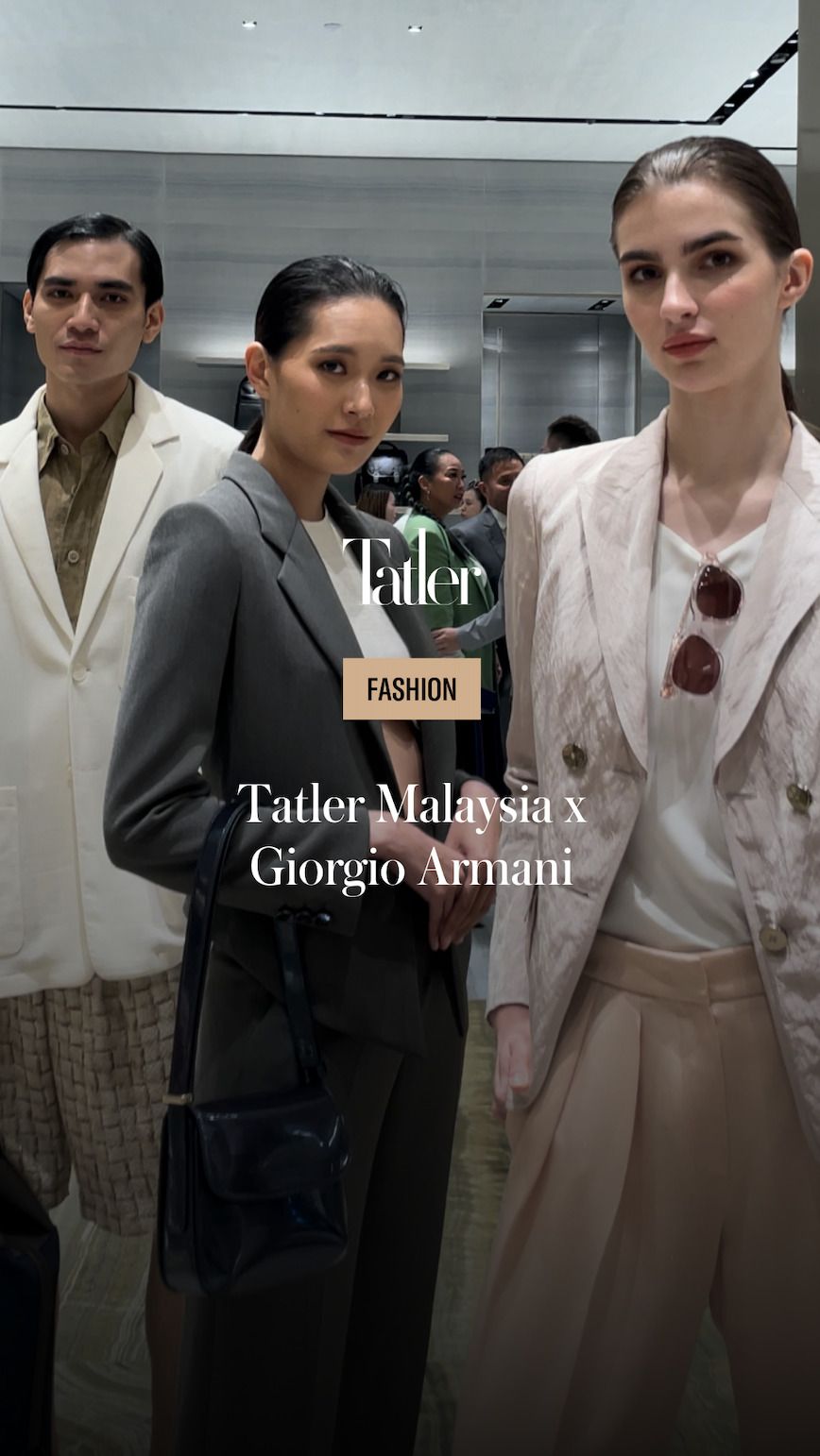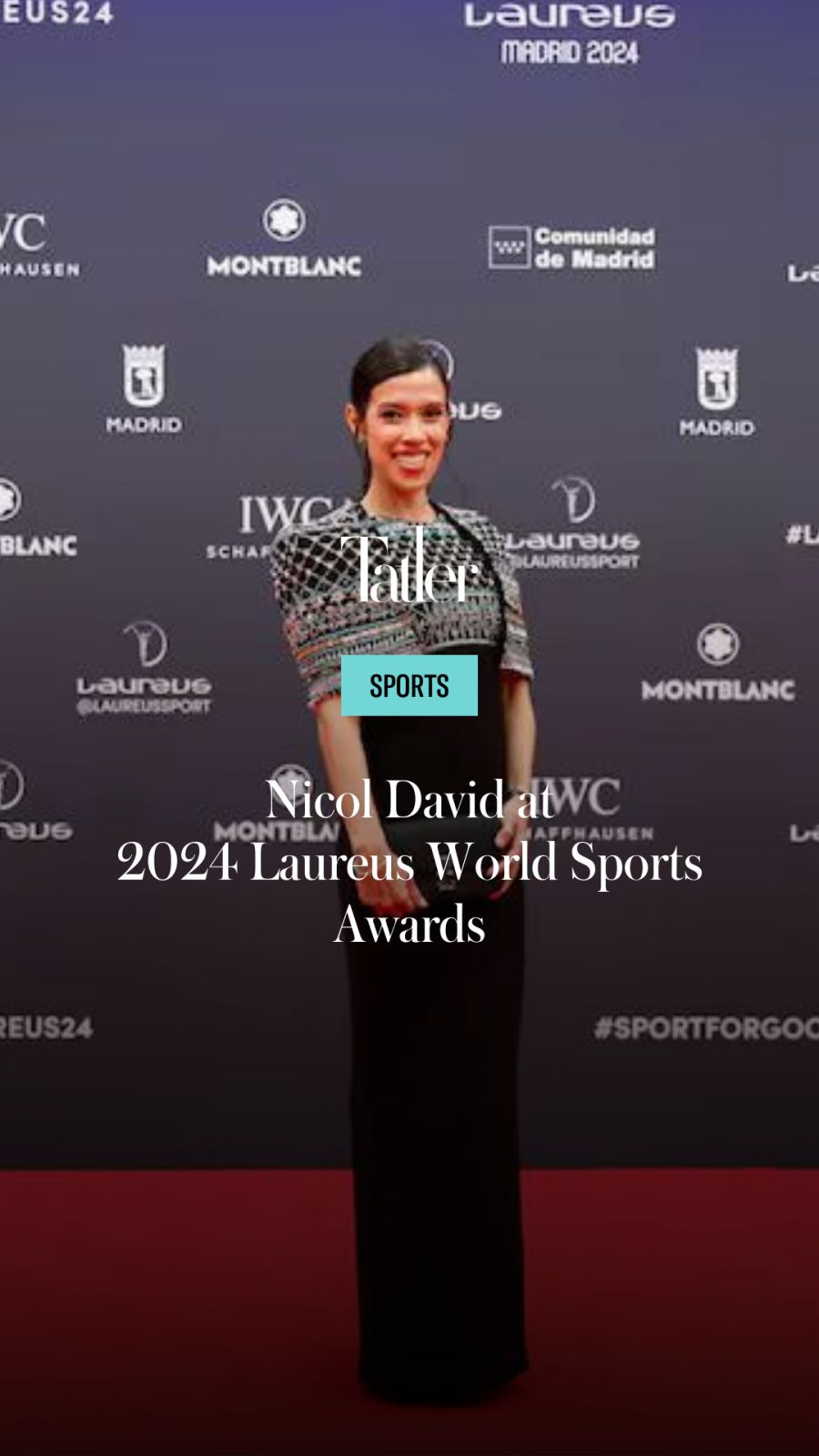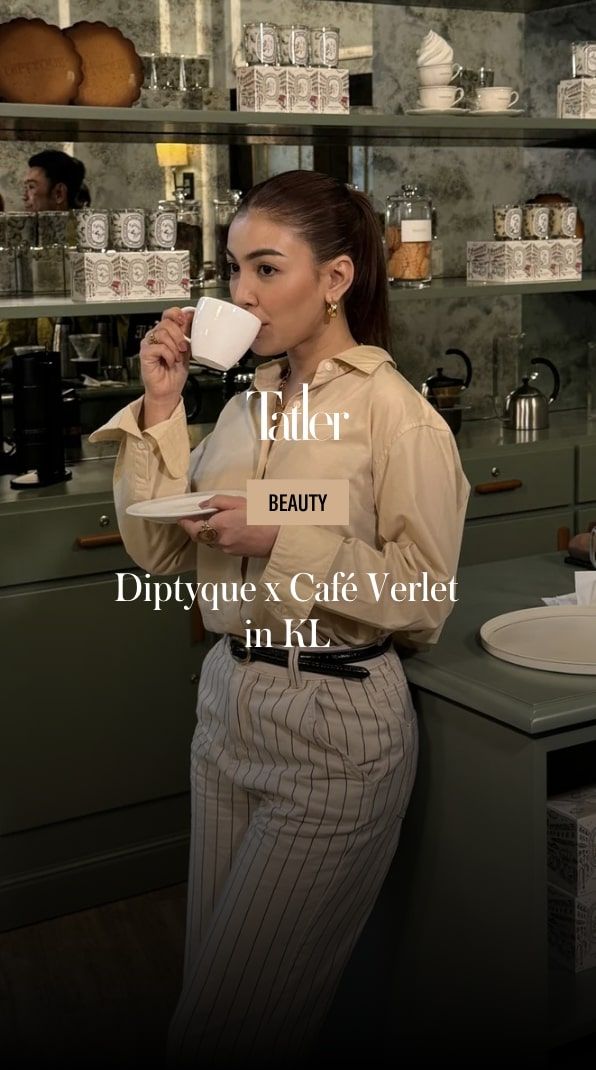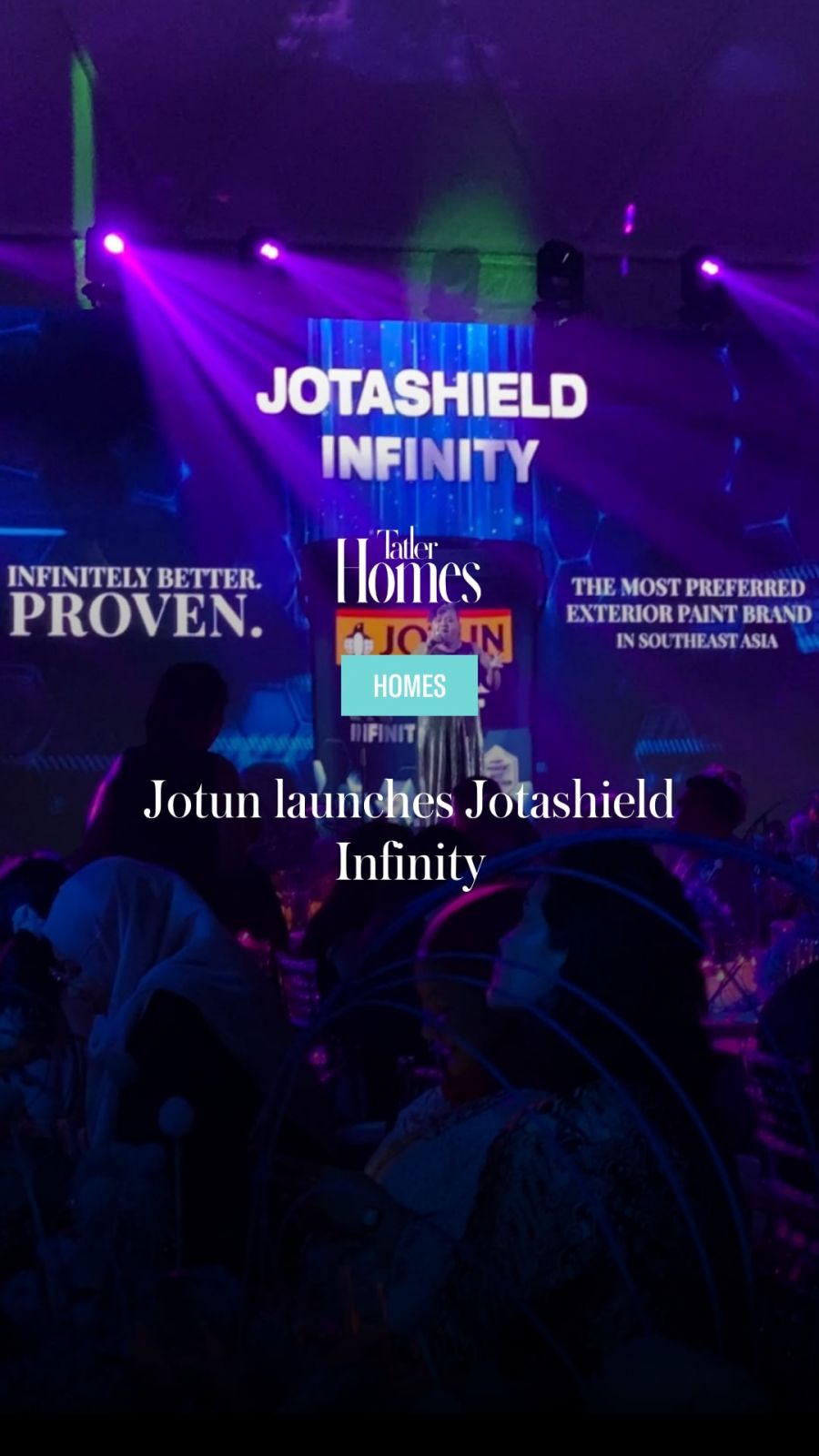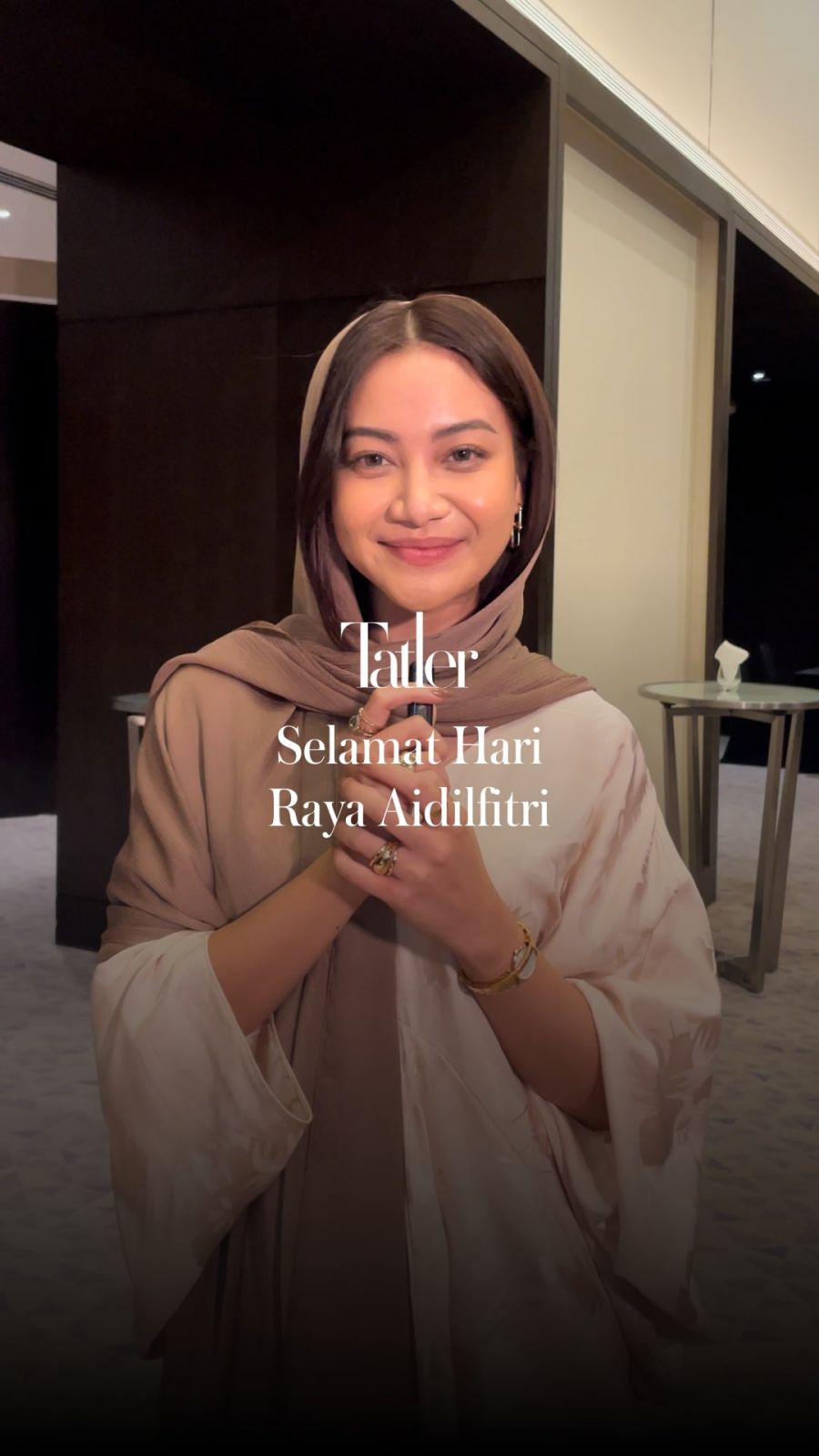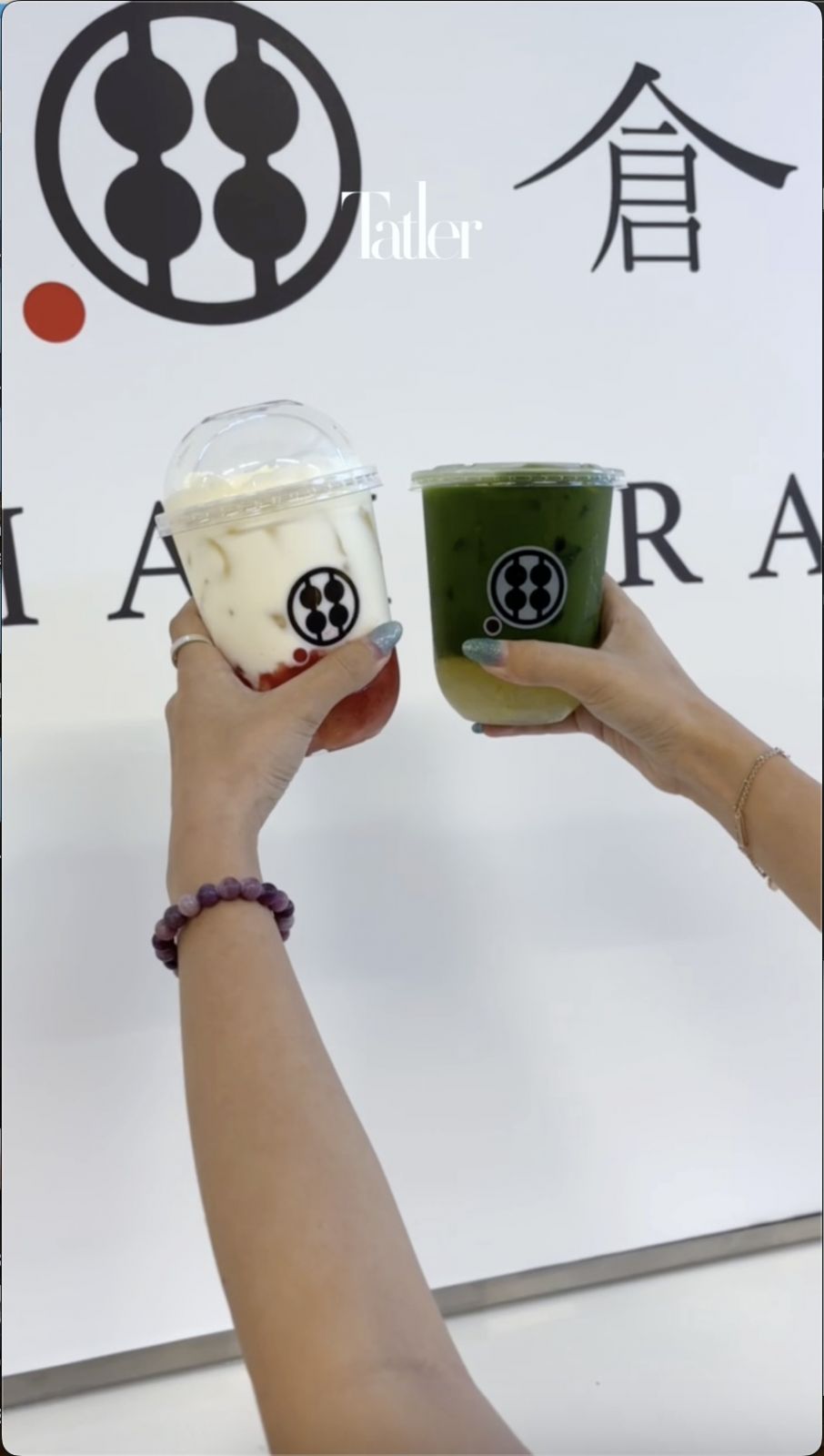Meet Aradhita Parasrampuria, the visionary young designer who is reshaping fashion with innovative sustainability
“Each year, 40 billion pieces of fashion jewellery and 20 billion embellished garments are produced and worn only five times on average before being discarded,” says Aradhita Parasrampuria, the Gujarat-born designer-turned-entrepreneur who witnessed firsthand the negative impacts of the textile industry.
“Most affected by the global production of beaded garments are the workers involved, including 200,000 children in India, who suffer from asthma, loss of eyesight, and even cancer due to the toxic materials and dyes used,” she shares, adding that the hundreds of billions of beads introduced into the environment by this waste often cannot be recycled because of their small size and composition, persisting as microplastics, affecting both ecosystems and workers.
“A complete reimagining of the materiality and processes of embellishments is required,” she says.
Parasrampuria’s journey from Gujarat to New York has been as complex as it is inspiring, blending her background in textiles with an innovative approach to sustainable design.
“I grew up in Gujarat, one of the major textile production hubs of the world,” she says. It was there, working in textile factories, that she first observed the “socioeconomic and environmental repercussions of synthetic dyes,” where polluted fresh water and exposure to toxins led to diseases like cancer and asthma among workers.











